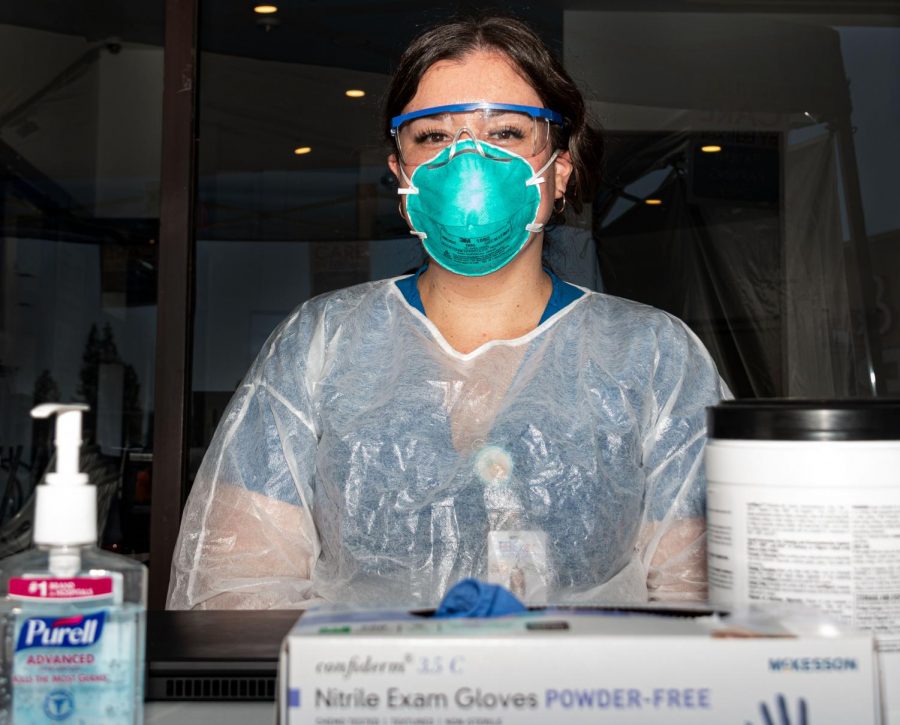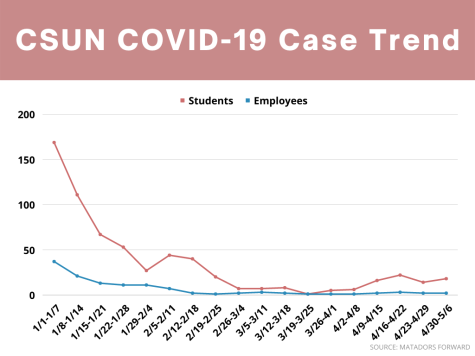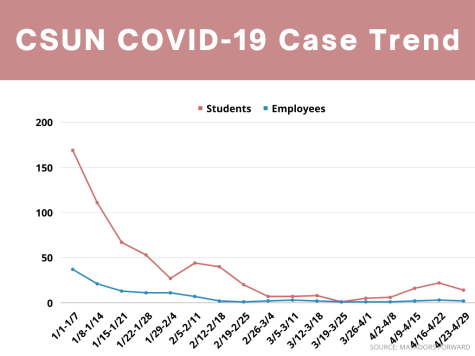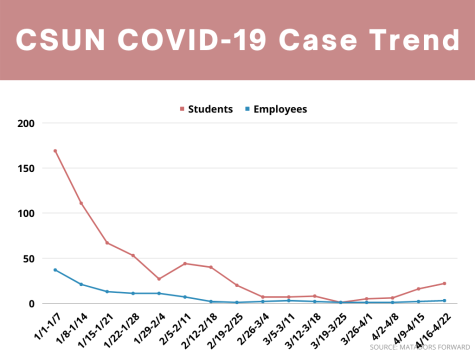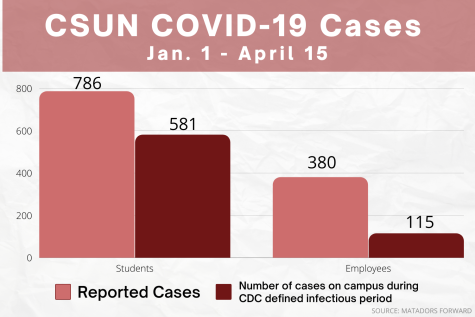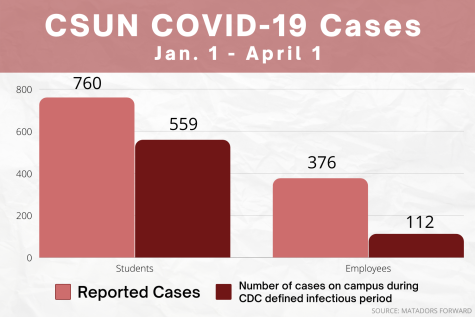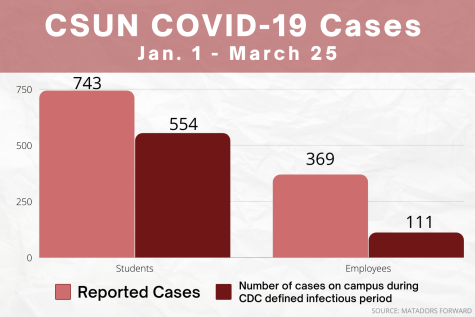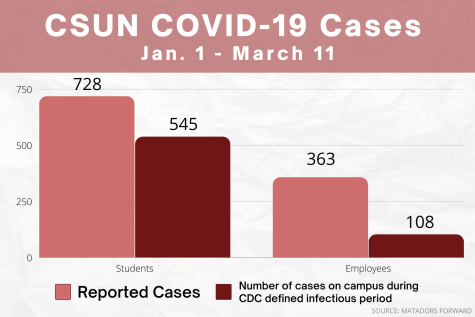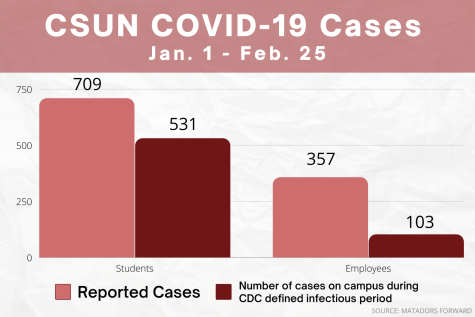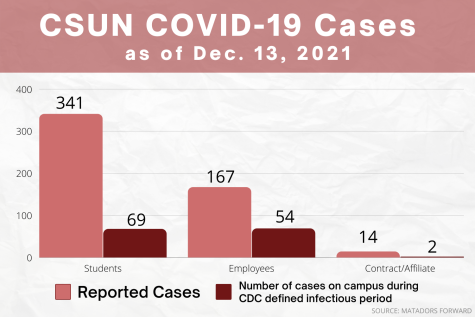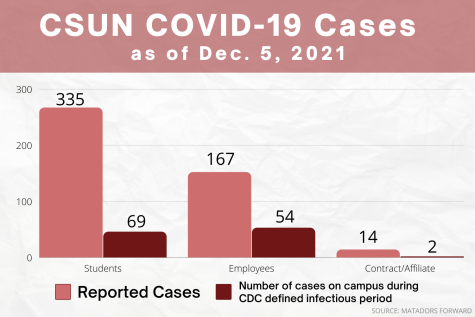Talking with an urgent care provider about COVID-19 protocols
April 22, 2020
As Gov. Gavin Newsom announced a plan to expand the amount of COVID-19 testing done across the state earlier this month, Exer Urgent Care has become one of the many medical facilities offering drive-up testing across Southern California. Like many other facilities, Exer also offers VirtualCare where patients can access health care providers via a smartphone, tablet or computer.
Dr. Brian Wilbur, Chief Medical Officer of Exer Urgent Care, talks about how virtual care is going, what the process of drive-up testing looks like and offers advice on how to check for coronavirus-related symptoms.
How is the drive-up testing process so far? Have many patients taken advantage of the service?
Right now, you still need to get a doctor’s prescription to get tested. We have patients who have seen providers on virtual care, who have been approved to get a COVID-19 test, and usually, we see them in the car, give them a self-swabbing kit.
Our drive-up patients have been seen by a provider through virtual care, then they will be given an order to take the test. Patients call ahead to the clinic, drive up, a medical assistant will walk out with a self-swabbing kit and a form, they will get aftercare instructions, then they will have a provider call back within 24-48 hours for test results.
We do have families of cars getting swabbed, people want to know if they’ve been exposed since we’ve announced. Our virtual care was mobilized very differently, we went to zero patients to telemedicine, to hundreds of the people they are seeing virtually.
People are frustrated at the lack of testing available. I think that’s resonating with the public and that’s why people are taking advantage of drive-up testing.
What happens after a person’s results are positive? Do those patients phone or email asking for advice on treatments?
Whenever someone has a positive result, one of the providers will call. There is no treatment for it, it’s all supportive. We will tell them some things to help manage their cough and fever, more importantly on instructions when to care, if you can’t control your fever or weakness becomes too much, those are the times to call for help or seek emergency care, and self-isolation is really important to prevent others from getting sick.
Are patients still coming in for any services that require in-person treatment? Do they feel hesitant about being there?
At Exer clinics, there is a front door screening process where the patient’s temperature is checked, if they have any type of symptoms related to coronavirus they are asked to go to the car, and the provider will call them.
We do get people with sprains and rashes and UTIs and pink eye who are put immediately into the room or wait in the car until a room is available. But there has been a significant drop in people. People are abiding by the shelter-in-place (order), fear for going into health care facilities. I hear stories from my friends in emergency rooms who see people who have had chest pains for days but are afraid of calling 911, people need to understand they (health care providers) are just as afraid of getting it as they are, but they take cautious measures.
We had a woman the other day whose husband was super sick and they came to urgent care and begged not to call 911. But they were so ill that we had to call an ambulance to take them to an ER. They were concerned about getting coronavirus from the ambulance.
They need to know that all healthcare providers have the patient’s best care in mind, everyone has protocols in place, and due to the fact that so many primary care centers and offices have been closed, people are avoiding their primary care needs, like a UTI or cough, or getting medication.
What does the clinic look like when a patient comes in?
We have usual staffing, we do maintain social distancing, patients registered are given a mask. We have eliminated the entire waiting room part of the clinic, as patients are put immediately into a room or asked to wait in the car. I am so impressed with the way people respect the social distancing and using masks, it’s like social shaming if you are seen without one.
What is a typical day of doing consultations online/over the phone like?
What’s a day like, well, we still have the new car smell, providers are providing a new way. The cool thing about having telemedicine (in) a chain of urgent cares is when (a clinic) needs something looked at. They can send them to one of the other clinics, so it’s continuity care.
At a certain point, right now we’re still energized to educate people. I send a daily update to all of our staff based on CDC and Los Angeles Public Health (reports). They enjoy having the most helpful information that they can share with patients.
So many people are anxious about this and that comes across in person and over telemedicine, our providers feel this is a time when they are needed, so them being calm, this is the job they were trained for.
I thought it’d be a much bigger challenge. It’s amazing how intuitive (telemedicine) is, how you can check vital signs, ask them when was the last time they checked their blood pressure. It’s incredible how natural a telemedicine doctor visit can be because nowadays, people are getting used to the Zoom culture.
We are empowering people to take charge of their health without having to travel or wait or have anxiety going to the clinic. We are sharing in their care.
What are some tips you can give about self-examination for COVID-19 symptoms?
First and foremost: I think we can all check our body temperature at home.
Have a blood pressure machine if you have a family history of hypertension. There are free ones at local pharmacies.
The big one now with COVID-19 that is being promoted is the loss of sense of smell and taste; 20% of patients have lost those, as reported in studies.
If it’s hard to speak full sentences, then that relates to the shortage of breath.
If you feel lightheaded and dizzy and that doesn’t get resolved quickly or fatigue that doesn’t seem to go away.
These are all signs to call for help.
Editors Note April 22: Link added to the word VirtualCare to direct to the Exer website.
